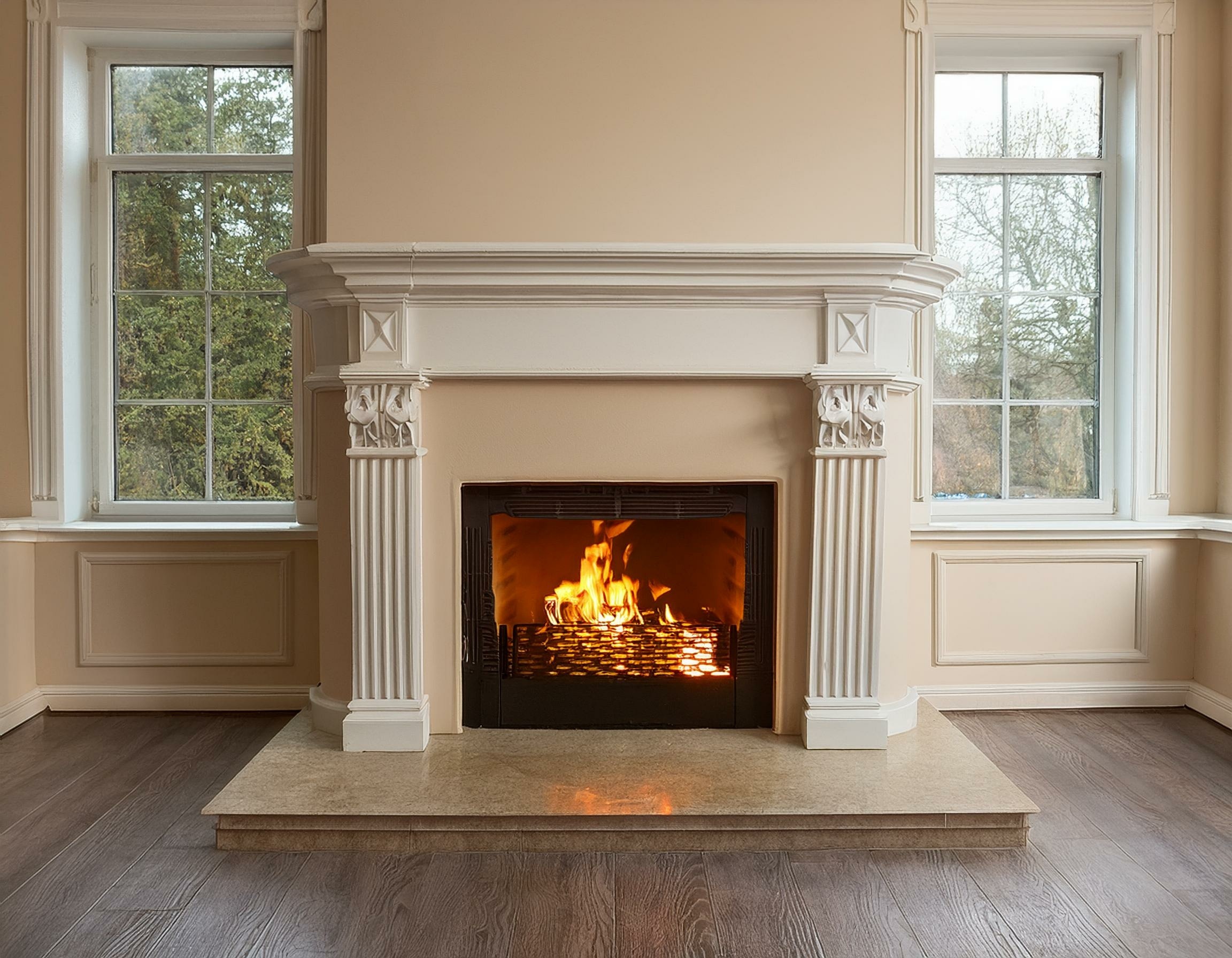Eastern North Carolina Important: COVID-19 Announcement.

Wood detailing, a hallmark of home charm, can lose its beauty over time without proper care and protection. This is especially true in the unique climate of the Eastern United States, where humid conditions and foundation issues can accelerate the deterioration process.
Preserve the integrity of your home—starting with its woodwork. With our expert guidance, let’s explore how to protect the stunning wood detailing throughout your home. Here are simple and manageable steps that any homeowner can follow to keep it looking flawless for years to come.
Regular cleaning is a simple and most effective way to maintain the natural beauty of your home’s wood detailing. By dusting and cleaning with care every week, you’re taking proactive steps to preserve your home’s charm for years.
Wood is a natural material that expands and contracts with changes in humidity. If moisture builds up in your crawlspace or basement, it can lead to swelling or rotting wood throughout your home. To prevent cracking, warping, or shrinking, maintain indoor humidity levels between 30% and 50%. Manage moisture levels by the following methods:
By controlling humidity, you’re giving your woodwork the best chance to stay straight and solid.
Direct sunlight can fade and discolor wood over time. Use curtains, blinds, or UV-protective window films to shield your wood detailing from harmful rays. Rotating furniture and rugs periodically help distribute light exposure evenly, preventing noticeable discoloration in specific spots.
A quality wood finish enhances the appearance of your detailing and acts as a barrier against scratches, moisture, and grime. To maintain their effectiveness, reapply finishes or sealants every few years. Consider using a durable polyurethane coating for high-traffic areas like staircases or floors.
Protect your wood surfaces from scratches by using felt pads under furniture legs and placing rugs in high-traffic areas. Encourage family members and guests to avoid wearing shoes with stiff soles or high heels indoors. For smaller wood accents, such as banisters or moldings, be mindful during cleaning and avoid abrasive tools.
Wood-damaging pests like termites and carpenter ants can wreak havoc on your detailing if left unchecked. Regular inspections should be conducted, and any signs of infestation should be addressed immediately. Your timely action may save you thousands down the road.
Your home’s foundation is vital in protecting your house’s wood detailing. Uneven settling can cause structural shifts, leading to cracks or gaps in woodwork. If you notice signs like sagging floors or sticking doors, it may be time to call in the experts. Atlantic Foundation specializes in foundation repair and can help stabilize your home to prevent further damage.
Damp crawlspaces and basements can introduce moisture into your home, threatening wood detailing and encouraging mold growth. Crawlspace encapsulation and proper drainage systems can safeguard your home’s interior from excess moisture. Atlantic Foundation offers these services to homeowners, ensuring a dry and stable environment.
Atlantic Foundation is a family-owned company based in Eastern North Carolina that has been helping homeowners protect their investments for years. Our expert services ensure your home remains safe and beautiful, from foundation repair to crawlspace encapsulation and masonry. Our patented helical support bracket, The Stabilizor®, provides unmatched strength and reliability, giving you peace of mind. Preserving the wood detailing in your home is manageable. With regular maintenance and the professional support of Atlantic Foundation, your home can retain its stunning charm for generations. Need help with foundation repair or moisture control? Contact us today for a free homeowner’s consultation!
1. Does everyone need a dehumidifier?
Investing in a dehumidifier, especially in humid areas, can help protect your wood from the damaging effects of excessive moisture. Drier locations may be less prone to wood rot.
2. My wood is rotting! Now what?
If your wood is rotting, try treating and drying minor spots. For severe damage, consult your local carpenter for repairs. However, further foundation repair or crawlspace encapsulation may be needed to prevent further damage.
3. How can I treat my wood to prevent damage?
Sanding, wood preservatives, and natural woodstain oils are great ways to prevent wood rot. Sanding should be paired with treatments to enhance their malleability.